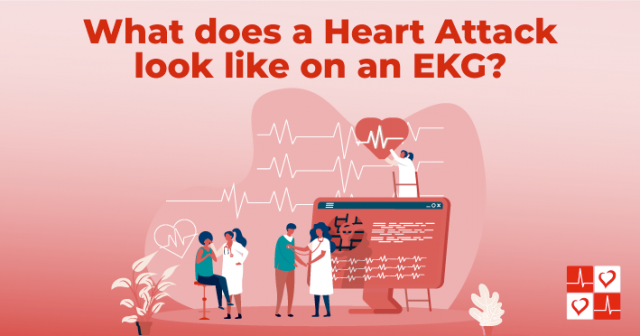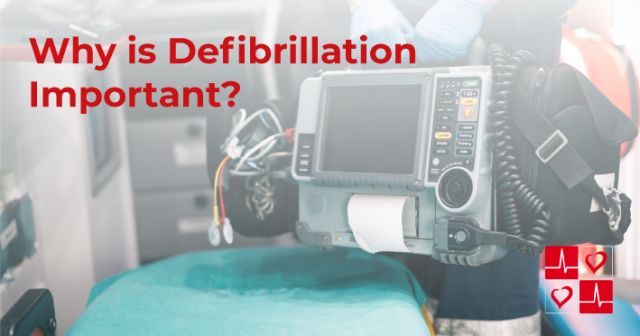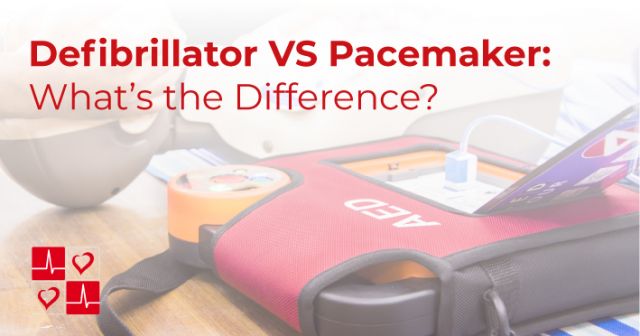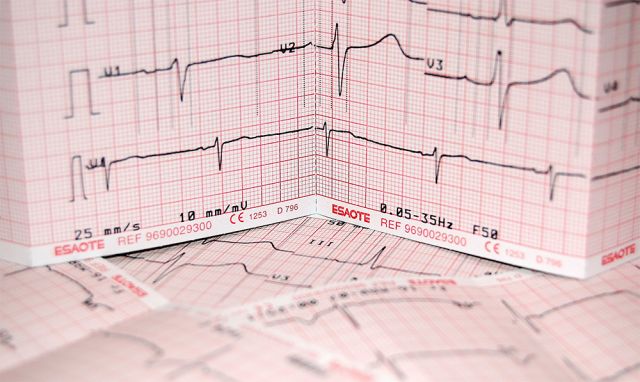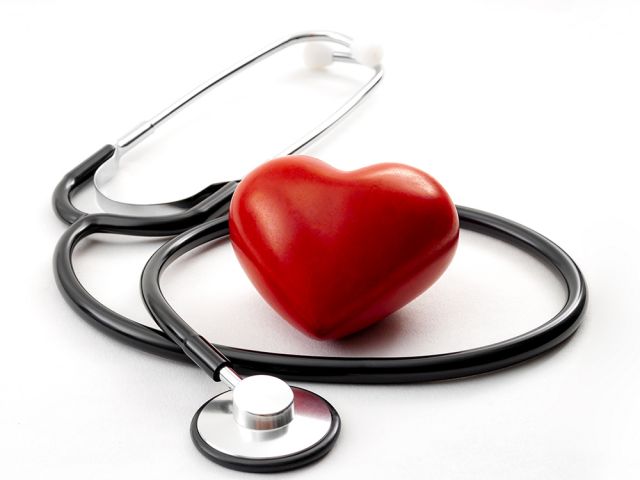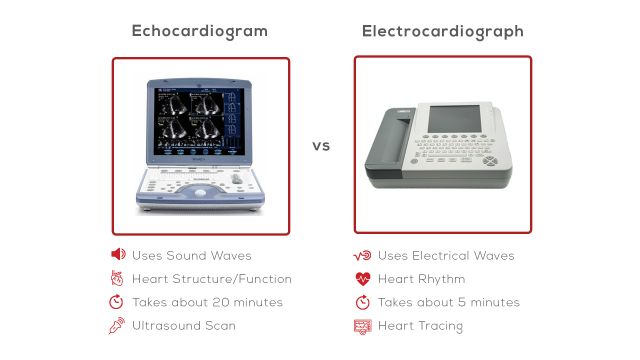How to Use an AED

When Would You Need To Use An AED?
Rapid defibrillation is an important part of the Cardiac Chain of Survival. An Automatic External Defibrillator should only be used on unconscious victims of SCA (sudden cardiac arrest). Do not hesitate to use an AED on SCA victims, rapid defibrillation is the only treatment for sudden cardiac arrest.
How can you tell if someone is experiencing Sudden Cardiac Arrest?
It is important to note that sudden cardiac arrest is not the same as a heart attack. In fact, SCA oftentimes occurs with no warning. In these cases you can identify an SCA victim with a few observations:
- Sudden collapse
- No pulse
- No breathing In some cases, it may appear like the victim is taking gasping irregular breaths. These are called agonal breaths and often sound like snoring, snorting, or labored breathing. This is common after sudden cardiac arrest and can occur every few seconds. Even though it may appear like the victim is breathing, they still require immediate CPR.
- Loss of consciousness
In some instances, SCA will have warning signs or symptoms. These symptoms include:
- Chest discomfort
- Shortness of breath
- Weakness
- Fast-breathing, fluttering, or pounding heart (heart palpitations)
Before You Use the AED
Before you deliver defibrillation to an SCA victim it is important to call emergency medical services and begin chest compressions immediately. If an automated external defibrillator is available, ask a bystander to retrieve it.
Once the AED arrives:
- Expose the victim’s chest area by cutting through the victim’s shirt material.
- If the victim has a lot of chest hair, it may need to be shaved so the AED pads can properly adhere to the SCA victim’s chest.
- Dry the SCA victim’s chest to the best of your ability and remove any medical patches. It is okay to use an automatic external defibrillator in wet environments and on a damp chest if necessary.
- If you notice the victim has an implanted medical device (pacemaker, ICD, etc.) do not hesitate to use the AED. AEDs can be used on victims with implanted medical devices.
How to Use an AED
- Turn on the AED and follow the prompts.
- Attach the appropriate AED pads The pads will include images describing pad placement. Follow these images to properly place the pad. If the victim has an implanted medical device, the pad should not be placed directly over it if possible and instead be placed within an inch of the implanted device. Some AED’s will have pediatric pads. These pads should only be used on children aged 0-8 or less than 55lbs. If these pads are not available, adult pads can be used. When using the adult pads on children, do no let the pads touch.
- Stand clear.
- Click “Analyze”Do not touch the victim while the AED is analyzing their heart rhythm.
- The AED will tell you if a shock is advised.If a shock IS advised stand clear and press “SHOCK”. Do not touch the victim when a shock is being delivered.
- After the shock has been delivered or if a shock was not advised, keep the AED pads on the victim and continue CPR for 2 minutes (about 5 cycles).
- If there ARE signs of life move the SCA victim into the recovery position and monitor their breathing while waiting for emergency medical services. If there ARE NO signs of life allow the AED to analyze the SCA victim once more. Continue this cycle until emergency services arrive or until there are signs of life.
Sign Up for Our Newsletter
Resources
“Automated External Defibrillator Steps For Infants & Children.” NHCPS.com, 4 Jan. 2021, nhcps.com/lesson/bls-automated-external-defibrillator-aed-infants-children/#:~:text=Pediatric%20pads%20should%20be%20used,not%20let%20the%20pads%20touch.
“AED Steps: Steps to Use an Automatic External Defibrillator.” Red Cross, www.redcross.org/take-a-class/aed/using-an-aed/aed-steps.
“How to Perform CPR & Use an AED: Steps & Videos.” Performance Health, www.performancehealth.com/articles/how-to-perform-cpr-use-an-aed-steps-videos.
Rod Brouhard, EMT-P. “Should You Perform CPR on an Unconscious Person Who Is Gasping?” Verywell Health, www.verywellhealth.com/performing-cpr-on-gasping-victims-first-aid-1298461.


